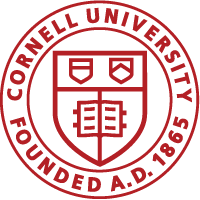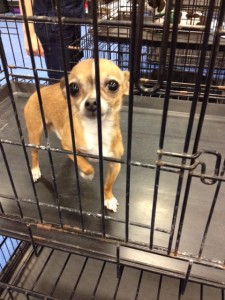
I’ve been participating in a wonderful and compassionate organization known as RAVS since 2010. RAVS, an acronym for Rural Area Veterinary Services, is part of the Humane Society Veterinary Medical Association and brings veterinary services to rural communities. Community members not only face financial impediments to veterinary care, but geographic location often makes it impossible to visit the veterinarian. I could rattle on endlessly about RAVS – the setup, the breakdown, the locations, the people. But it would be much easier for everyone to visit their website at http://www.ruralareavet.org/ and http://blog.humanesociety.org/wayne/2014/09/hsvma-mobile-veterinary-clinics.html.
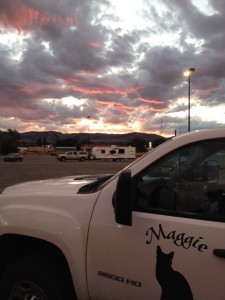
What I would like to share is the impact it’s had on my life. I’ve been a veterinary technician for 20 years. When I was in college, the average number of years a tech worked in the veterinary field was 5 years. For a variety of reasons that number really hasn’t changed. Up until 2010, I had worked primarily in emergency and critical care. I was feeling burned out, underappreciated, and looking for a career change. Then I did a RAVS trip. Never before had I witnessed what a dramatic effect a team of veterinary professionals and students can have on a community and their pets. Through this sense of accomplishment, I was able to recommit to my profession. And there are hundreds, if not thousands, of stories just like mine.
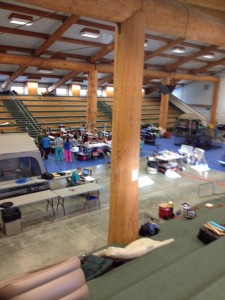
I was reminded of the impact RAVS has on the animals it serves just this past August. We were doing a field clinic in Washington State on the Quinault Indian Reservation. Hunter, a 5 or 6 year old Boston Terrier, came in to be spayed. She was 8 weeks postpartum and it was suspected she was still hemorrhaging from her uterus. She was weak, anemic, yet still a great mom. In surgery, the bleeding was confirmed and her uterus was very friable. Dr. Paul Breckenridge, an experienced RAVS staff veterinarian, performed the spay without complications and stopped the bleeding. On recovery though, Hunter appeared restless and panting. She seemed to be exhibiting signs of hypocalcemia. It was unusual considering she had had the puppies 8 weeks prior, and being a MASH style clinic we did not have the means to test her calcium level. But that’s just one more thing RAVS teaches you – troubleshooting. Without knowing what her calcium level was, we definitely did not want to give her injectable calcium due to potential cardiac side effects (as in the heart stopping). But then Windi Wojdak, the director of RAVS, suggested we try some oral supplementation. So we pulled out the TUMS and gave her a slurry. Within the hour, Hunter was resting comfortably in her cage. Hunter’s visit to the RAVS clinic saved her life.
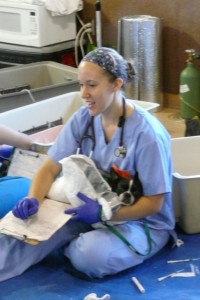
Not only did RAVS change my life on a conscious level, but it did so in a very literal sense as well. Through RAVS I met my current boss, Dr. Elizabeth Berliner, Director of Maddie’s Shelter Medicine Program at Cornell University and RAVS junkie. Because of her, I was afforded the opportunity to step outside of emergency and critical care and try out shelter medicine. Yay Shelter Med!
